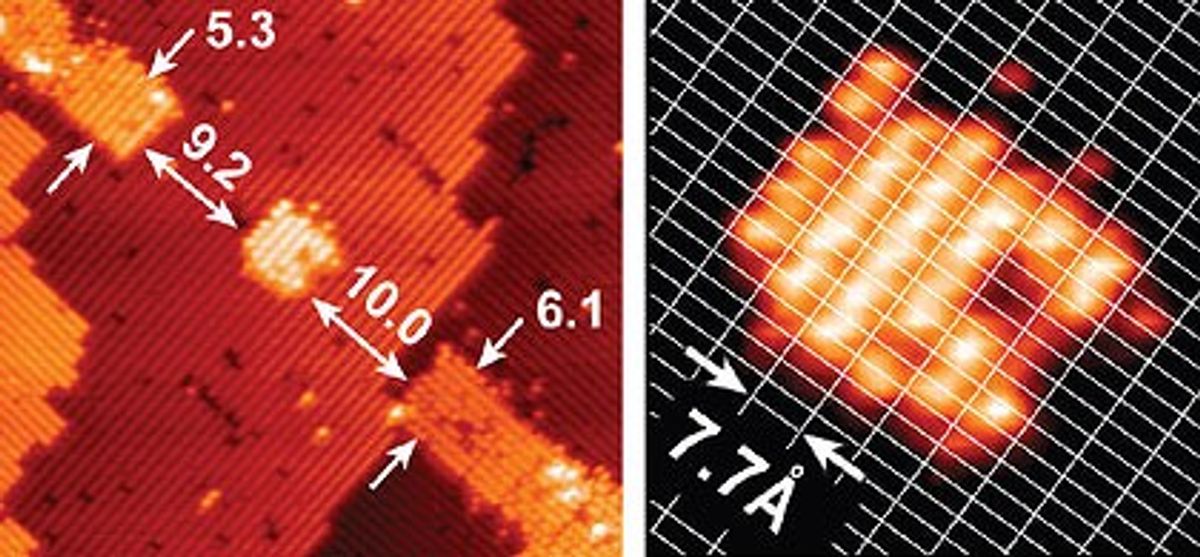The quantum computer is one of those technologies that gets held out as some sort of Holy Grail and remains just as elusive with those who have claimed to have achieved it being regarded with a high degree of skepticism.
One avenue that has been pursued in realizing a solid-state quantum computer has been the use of quantum dots as the building block.
Quantum dots are a strange phenomenon. Spectrum Editor, Eric Guizzo, described them nicely in the quantum computer application as:“They are nanoscale structures built within semiconducting materials that hold tiny puddles of electrons, which give each dot a collective quantum mechanical property called spin. The dots' spins, which can be either up or down, represent bits of quantum information, or qubits. Because quantum properties such as spin can exist in two states at once--being both up and down in the case of spin--computers using qubits can make many calculations simultaneously.”This ability could lead to much faster calculation abilities in which it would take a traditional computer decades to factor a 300 digit number a quantum computer could conceivably do it in hours or days.
Now researchers at the University of New South Wales in Australia, led by Professor Michelle Simmons, have created a transistor using quantum dots that is 10 times smaller than those commonly in use today as they work towards their ultimate goal of building a quantum computer.
The researchers were able to create the transistor by replacing seven atoms in a silicon crystal with phosphorus atoms. To give you a sense of the scale, the extreme of current CMOS process, the 22nm node, has transistor gates of 42 atoms across.
The research, which was initially published in the journal Nature Nanotechnology, marks the first time that it has been possible to dictate the placement and behavior of single atoms within a transistor, according to Simmons.
"We're basically controlling nature at the atomic scale," Simmons is quoted as saying. "This is one of the key milestones in building a quantum computer." Well, there are issues such as entanglement, the coupling between quibits, to be addressed, but it is a step towards quantum computers.Dexter Johnson is a contributing editor at IEEE Spectrum, with a focus on nanotechnology.




